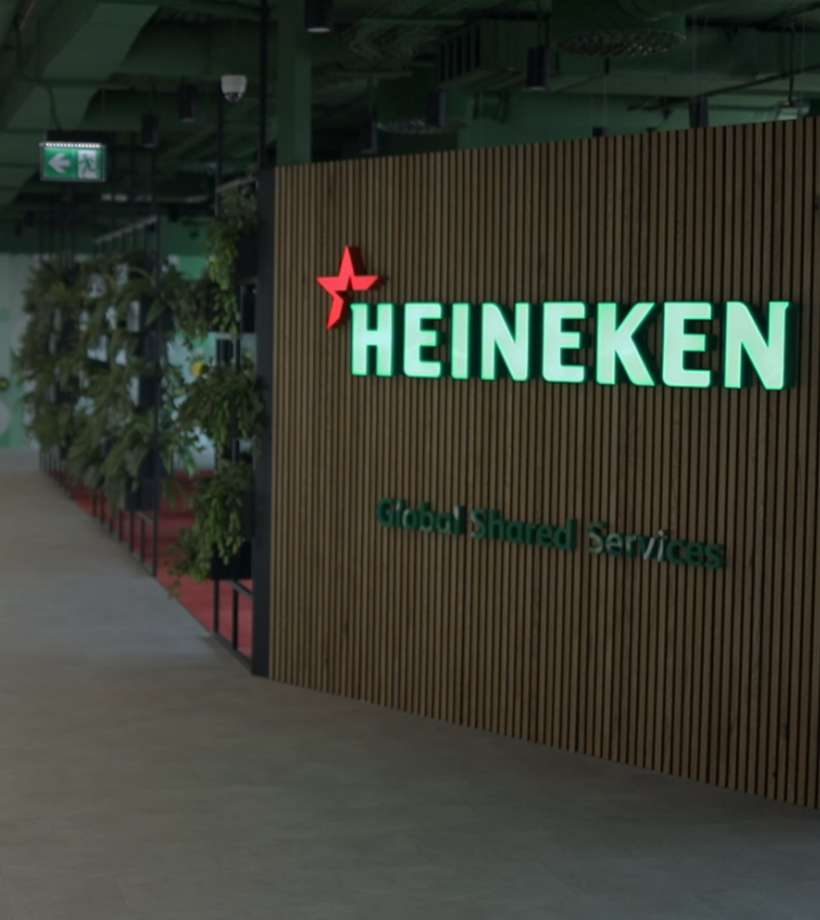-
Featured services
2026 Global AI Report: A Playbook for AI Leaders
Why AI strategy is your business strategy: The acceleration toward an AI-native state. Explore executive insights from AI leaders.
Access the playbook -
Services
Alle Services und Produkte anzeigenNutzen Sie unsere Fähigkeiten, um die Transformation Ihres Unternehmens zu beschleunigen.
-
Services
Network-Services
Beliebte Produkte
-
Services
Cloud
Beliebte Produkte
-
Services
Consulting
-
Edge as a Service
-
Services
Data und Artificial Intelligence
- KI und intelligente Lösungen
- Daten-/KI-Strategie und -Programm
- Data Engineering und Plattformen
- Daten-Governance und -management
- Datenvisualisierung und Entscheidungsfindung
- $name
- GenAI Platforms
- GenAI Industry Services
- GenAI Infrastructure Services
- GenAI Value Transformation
- Data und Artificial Intelligence
-
-
Services
Global Data Centers
-
Beliebte Produkte
-
Services
Application Services
-
Services
Sustainability Services
-
Services
Digital Workplace
-
Services
Business Process Services
-
Services
Generative AI
-
Services
Cybersecurity
-
Services
Enterprise Application Platforms
![]()
IDC MarketScape: Anbieterbewertung für Rechenzentrumsservices weltweit 2023
Wir glauben, dass Marktführer zu sein eine weitere Bestätigung unseres umfassenden Angebotes im Bereich Rechenzentren ist.
Holen Sie sich den IDC MarketScape -
-
Erkenntnisse
Einblicke und RessourcenErfahren Sie, wie die Technologie Unternehmen, die Industrie und die Gesellschaft prägt.
-
Erkenntnisse
Ausgewählte Einblicke
-
Die Zukunft des Networking
-
Using the cloud to cut costs needs the right approach
When organizations focus on transformation, a move to the cloud can deliver cost savings – but they often need expert advice to help them along their journey
-
So funktioniert Zero-Trust-Sicherheit für Ihr Unternehmen
Sorgen Sie dafür, dass Zero-Trust-Sicherheit für Ihr Unternehmen in hybriden Arbeitsumgebungen funktioniert.
-
-
Erkenntnisse
![]()
Copilot für Microsoft 365
Jeder kann mit einem leistungsstarken KI-Tool für die tägliche Arbeit intelligenter arbeiten.
Copilot noch heute entdecken -
-
Lösungen
Alle LösungenWir helfen Ihnen dabei, den Anforderungen an kontinuierliche Innovation und Transformation gerecht zu werden
Global Employee Experience Trends Report
Excel in EX mit Forschung basierend auf Interviews mit über 1.400 Entscheidungsträger:innen auf der ganzen Welt.
Besorgen Sie sich den EX-Report -
Erfahren Sie, wie wir Ihre Geschäftstransformation beschleunigen können
-
Über uns
Neueste Kundenberichte
-
Liantis
Im Laufe der Zeit hatte Liantis, ein etabliertes HR-Unternehmen in Belgien, Dateninseln und isolierte Lösungen als Teil seines Legacysystems aufgebaut.
-
Randstad
We ensured that Randstad’s migration to Genesys Cloud CX had no impact on availability, ensuring an exceptional user experience for clients and talent.
-
-
![Heineken Landing Page]()
NTT DATA und HEINEKEN
HEINEKEN revolutioniert die Mitarbeitererfahrung und die Zusammenarbeit mit einem hybriden Arbeitsplatzmodell.
Lesen Sie die Geschichte von HEINEKEN -
- Karriere
Topics in this article
It’s all very well investing in technology in a bid to achieve digital transformation. But it’s not enough on its own – your people need to buy into the change you’re trying to achieve. In part two of our Q&A with Nikki Chapple, Architecture Consultant, we delve further into the importance of adoption and change management. You can catch up with part one here
Are models such as Prosci® or ACMP important for Adoption and Change Management (ACM)? How important is it for an organization to choose the right model if they want to succeed?
The model itself isn’t important. What is important is that you have a practitioner in that model who can deliver a very tactical plan; one that you can follow to deliver the change. So, whether it’s Prosci or whether it’s ACMP, it doesn’t matter. They’re both excellent models. However, unless you’ve got a practitioner who can translate them into an executable plan, they’re not important at all. From a practitioner’s perspective, they’re fantastic. They give you the model, the tools and knowledge to create an executable toolkit and do what needs doing. For the recipient of change, however, it should be completely invisible. They should just be taken from where they are to where they need to be. In a frictionless way; the easiest way possible.
What are the biggest ‘blockers’ you face – the ‘Kryptonite’ that prevents change?
Are there things that hinder you from making an effective change?
There are a few that come to mind. One is a lack of executive or senior-level sponsorship. This is because, at the senior level in the organization, they can be your ultimate champions for change and transformation. Or they can be your biggest detractors because nothing travels like bad news. You want good things to come from the top down not bad things and it’s easy for that to happen. So, it’s always important to have that senior-level sponsorship and individuals with enough credibility and gravitas in the organization. Their message has to be one that people respect, understand and want to follow.
The other thing – as noted earlier – is that ‘what’s in it for me?’ factor. So, if people really don’t understand the benefit of the change – why the company is making the decision it’s made; why they’re doing what they’re doing – they’ll be reluctant to pick up the new technology because change is hard. People don’t like changing out of their comfort zone. They’re doing what they know and what they understand. And some people are terrified, absolutely terrified, of change. Others just hate it because they don’t see the point.
So, it’s all about communication and clarity; transparency so that people really understand that this is going to be better for them. It may not transform their day-to-day life, but if they transform the company and make the company much more successful and more profitable, then there’s something in it for you, even if your day-to-day experience doesn’t change all that much.
It’s clear that ACM is more than ‘just’ training…
…what else should people consider when seeking investment from senior management?
There are two areas I like to bring to clients’ attention because they don’t always automatically think of them. The first one – and I’ve experienced this personally – is risk. Nowadays people have so much technology at their own fingertips. But if they can’t accomplish their goals through the tools provided by their company, then they’ll find ways to accomplish those goals through the tools that they have personally available. And when they do that, it’s almost guaranteed that those tools will be non-compliant and extremely risky. So, without proper ACM, users often expose the company’s data and processes to situations that I’m convinced their company wouldn’t want to be exposed to. Worse still, in regulated environments, they risk being in situations that the business can’t be exposed to because the regulation requires them to follow a set process. Workarounds almost never follow that process.
The second reason to invest in ACM is because of the people in the organization. By modernizing and using new technology, a company demonstrates to its employees that they’re investing in them, by investing in the tools they need. You don’t want your staff going back home, looking around and thinking, ‘Well, I’ve got better tech of my own here than I do at the office.’ This can often happen and it’s not an experience that people enjoy. They want to feel their employer is giving them the right tools to do the job. This also helps with trying to attract top talent into the company because you demonstrate that you’re keeping up with technology trends, and not a technological dinosaur. You’re able to show that you don’t live in the past and you want to enable your people to be successful as easily as possible.
Any final words to add for those interested in Adoption & Change Management?
The main message for senior executives is that you’ve made – or are about to make – a big investment in technology, but what are you doing to insure that investment? The benefits of transformation are clear, but to back your investment you need to eliminate the risk associated with introducing new technologies. It’s more than just training — it’s about all the factors you need to ensure success. If you’re investing in technology, you’ll want to make sure that your people are successfully using that technology and you’ve not just wasted that expenditure.
Learn more…
To discover how our change management services can help you streamline the process visit our website.




